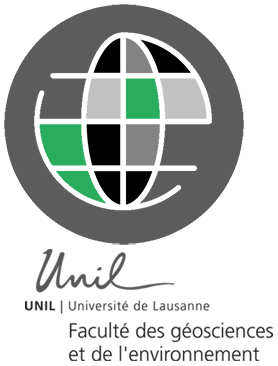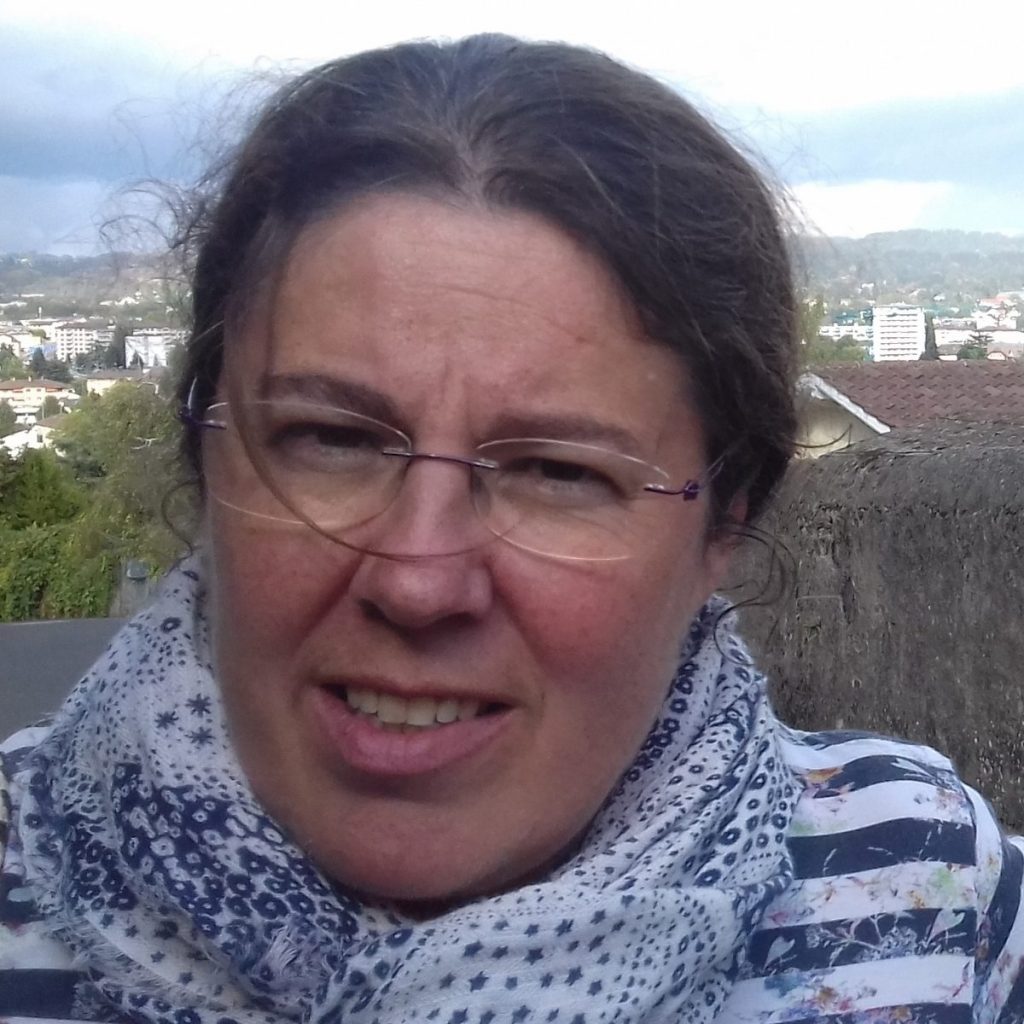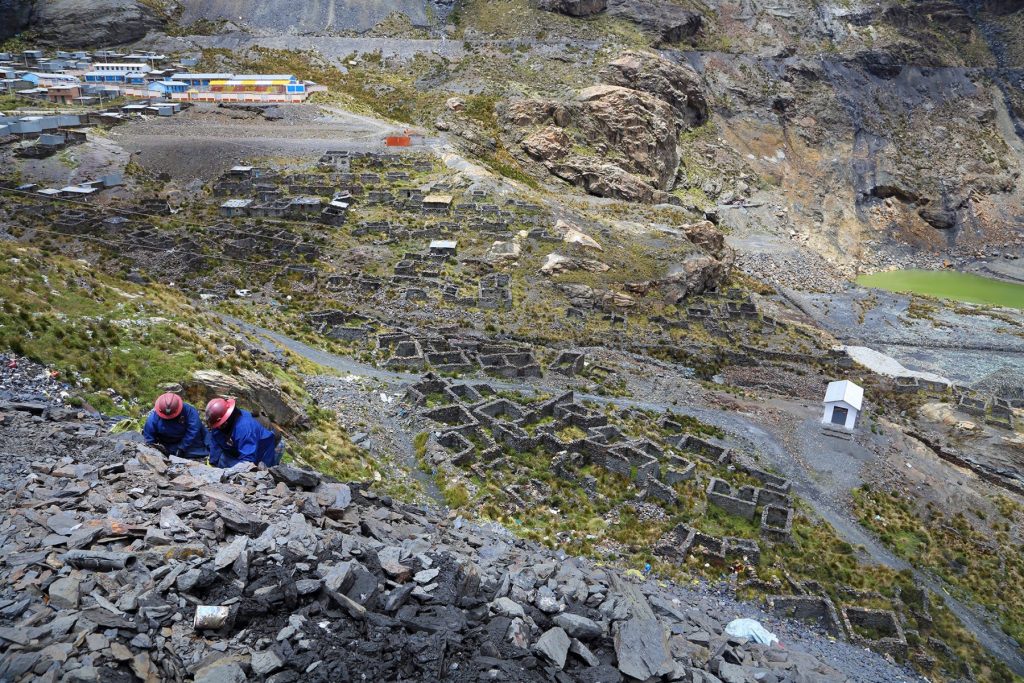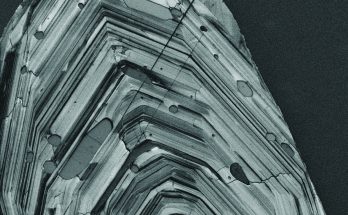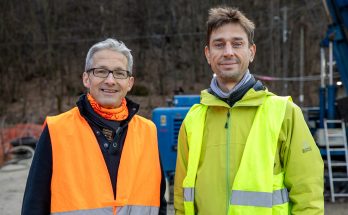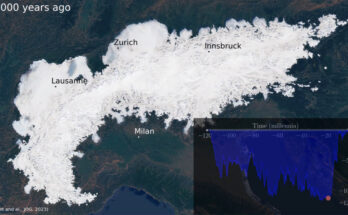Cette publication est également disponible en :
![]() Français
Français
Within the framework of an Innosuisse, Dr Barbara Beck, researcher at the Institute of Earth Sciences and specialist in archaeometry, has developed an innovative, rapid and low-cost method to validate the origin of gold samples processed by refiners in Switzerland (project carried out in collaboration with the company Metalor).
From the silver trade in Valais to gold refining
As a specialist in archaeometry, B. Beck had developed during her thesis a method to determine the chemical signature of lead and silver ores from Valais mines. Thanks to this signature, she was able to retrace the commercial circuits established in this region from the Iron Age to the Middle Ages.
After adapting her method to other metals such as copper, B. Beck oriented her research on gold, thus getting involved to more current issues. Indeed, between 50 and 60% of the world’s gold production is refined in Switzerland. The various stakeholders (State, refiners, control bodies) are concerned about being able to validate its origin, in order to guarantee that it comes from an ethical and environmentally controlled production (see also links at the end of the article).
A collaboration between scientific research and private enterprise
Initiated in 2016, and concretized in 2019, an Innosuisse project was conducted jointly by Dr. Barbara Beck and the company Metalor (one of the world’s largest gold refiners). The objective was to develop a fast and reliable method to confirm the origin of gold processed in refining lines. B. Beck was given access to gold samples from various sources as well as a database of chemical analyses of the company’s dorés(unrefined gold bars). For its part, Metalor has benefited from the development of a method for confirming the origin of its dorés.
A fast and low-cost method
The method used had to be quick and inexpensive (=integrated into the refining process). The dorés are analyzed by X-ray fluorescence (ED-XRF), which makes it possible to measure the proportion of about twenty elements in the sample. By comparing this chemical “signature” with those of the samples registered in the database, the origin of the dorés can be confirmed and its geoforensic passport established.
In about 10% of the cases there is still a doubt about the origin of the sample. There may be variations in the composition of gold ores of the same origin, depending on the veins mined or the treatment of the samples after they leave the mine. In these cases, an isotopic analysis is performed for a more precise evaluation.
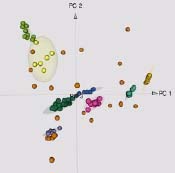
The method is based on complex statistical analyses taking into account the twenty or so factors describing the chemical composition of the samples. B. Beck designed the statistical model and developed a computer program that allows the almost instantaneous interpretation of the chemical composition of the dorés, confirming – or not – the origin of the sample.
A multiple and international interest
The results obtained confirm that this method is efficient in determining the origin of gold from industrial mines. It is fast and low cost and allows refiners to have some control over their suppliers. These results have been published in several international journals. Several refiners, jewelers and trade authorities showed interest in the method, including the London Bullion Market Association (LBMA – the trade association that manages the rules of the global gold market), which praises its contribution to confidence and transparency in the precious metals trade.
Beyond science and methodology, this experiment raises sociological and ethical issues, related to the exploitation of valuable resources such as gold in often very poor regions: to what extent does the local population benefit from industrial mining, often in the hands of foreign companies? What is the balance between the much-needed income from artisanal and small scale mining and the ecological balance of such operations
The Field Experience – A Modern “Gold Rush“
B. Beck went to Peru to collect samples. She was supported by the Swiss Better Gold Association and the Swiss Embassy, which facilitated contact with the artisanal miners, who are often very suspicious of foreign journalists and researchers. The reason for this is the sometimes extremely difficult living conditions (high altitude, no running water, corrugated ironhouses), random state structures, and flourishing criminality, making them an easy target for outside criticism. However, these artisanal and small scale mines bring a modest but important income to the local economy, which evolves in total contrast with the very little developed societies of the nearby valleys. In spite of the sometimes very bad reputation of these mines, they bring financial perspectives to a population often forgotten by the State. This situation is becoming a real headache: a growing but neglected society, more or less managing in an illegal supply chain, sometimes unaware of environmental and social challenges.
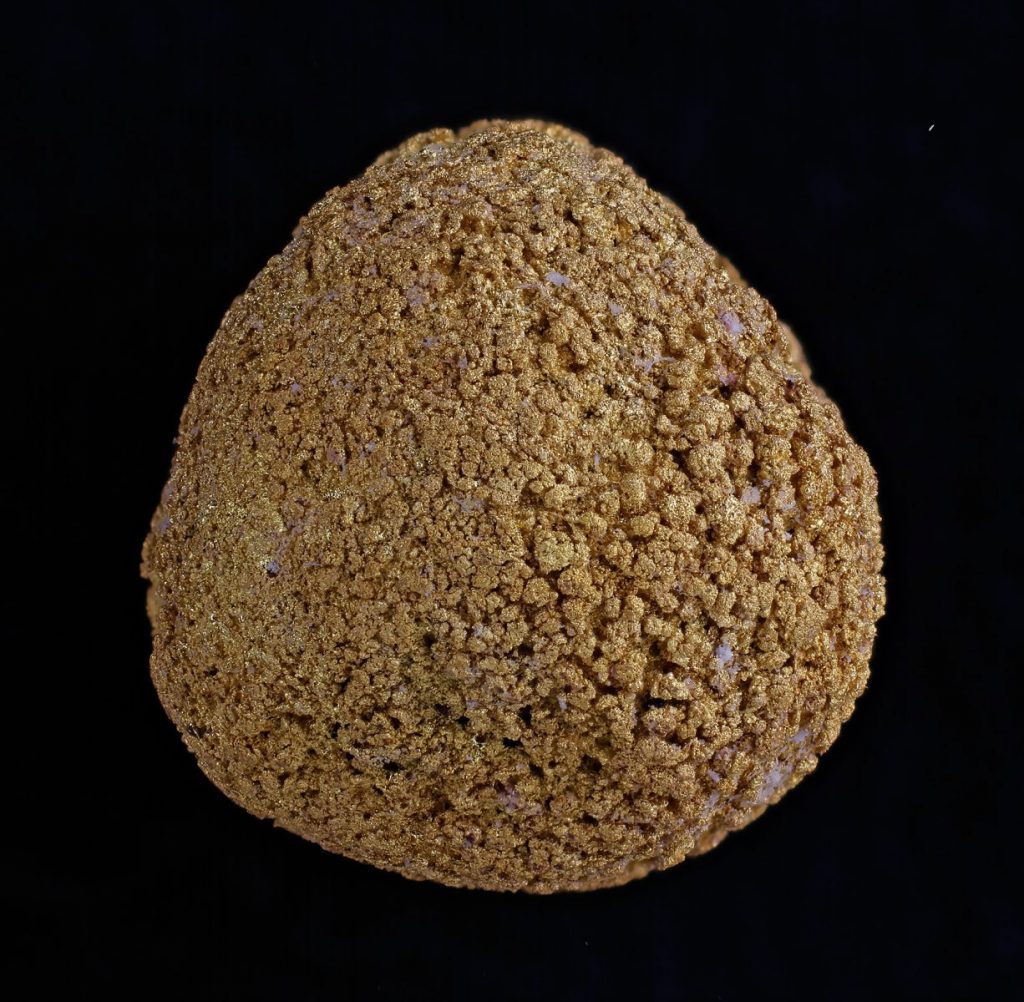
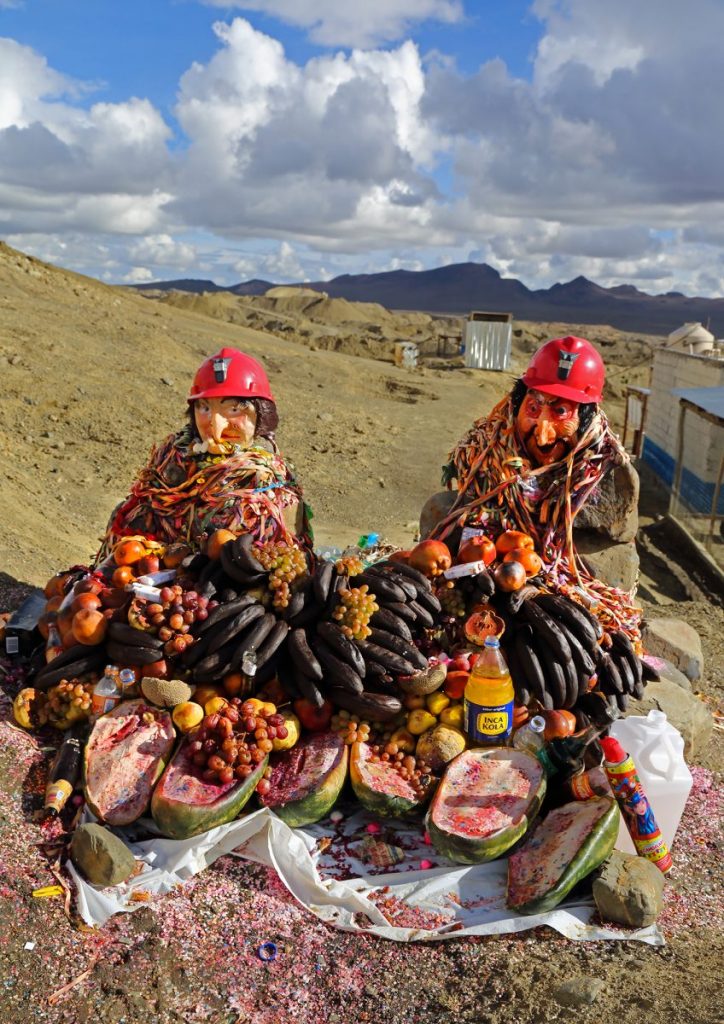
Altar at the entrance of a gold artisanal exploitation on the Peruvian Altiplano
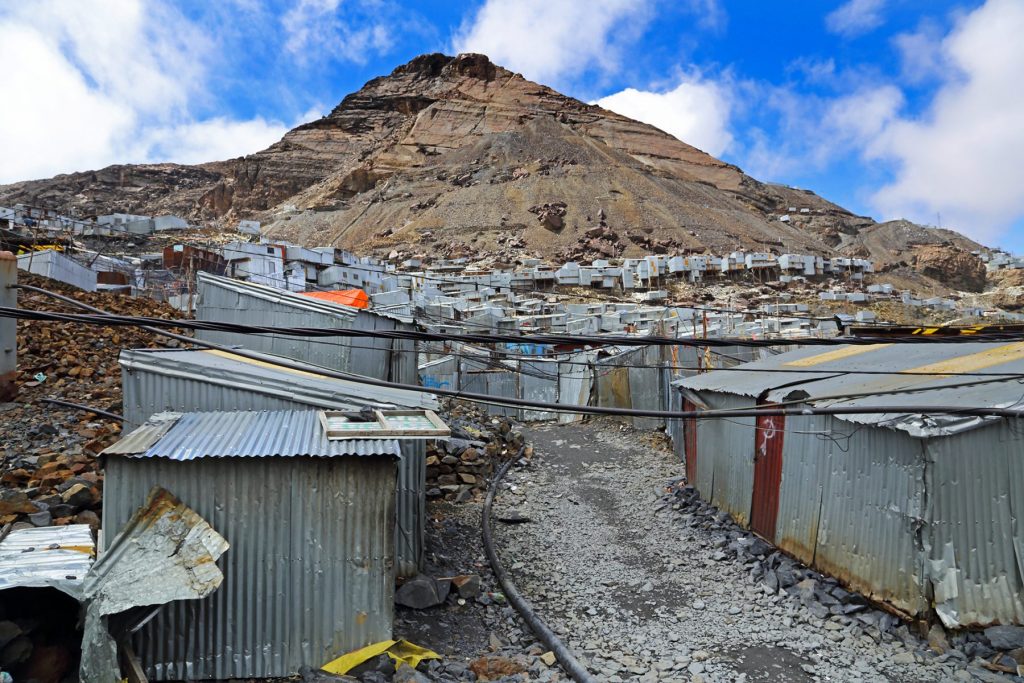
For the future, B. Beck would like to work more on gold from artisanal mines, and follow the evolution of its chemical composition at different stages from extraction to refining. This would allow the integration of the artisanal sector into a legal supply chain, and thus provide the basis for environmentally and socially responsible mining. She would also like to develop her method on other “critical” resources such as rare earths.
Barbara Beck and her research projects
- Page Uniscience de Barbara Beck
- Towards transparency in the supply of mined gold – an approach based on scientific analyses
Innosuisse is the Swiss innovation promotion agency. Its strategic objectives are defined by the Federal Council and aim in particular to accelerate the transfer of knowledge from research to the economy. Various promotion funds are offered to encourage the connection between companies and scientific research, as well as the application of research results. They are presented on the Georeka website.
Since 2021 Innosuisse and the SNSF cooperate closely on funding instruments.
